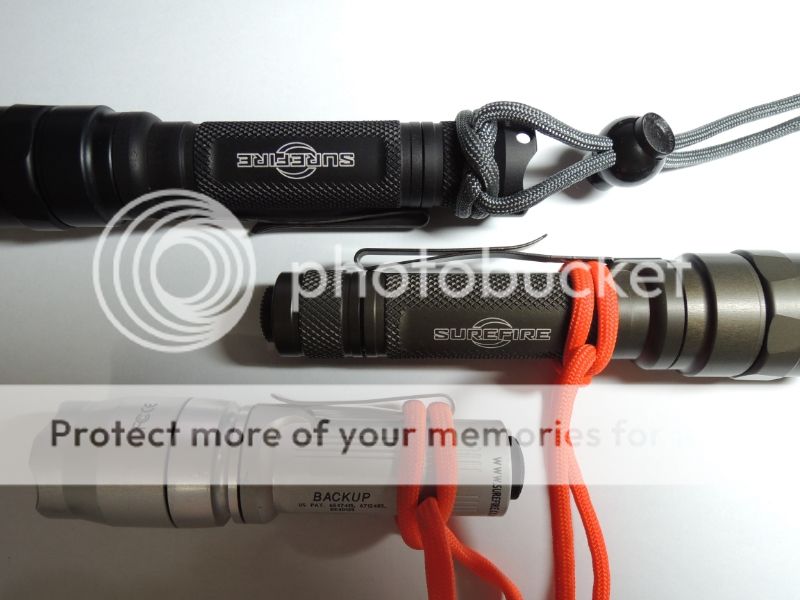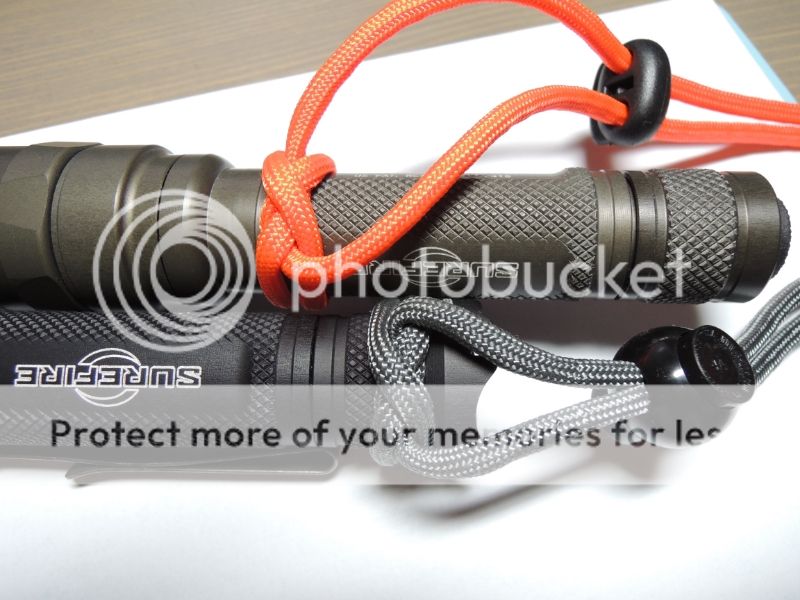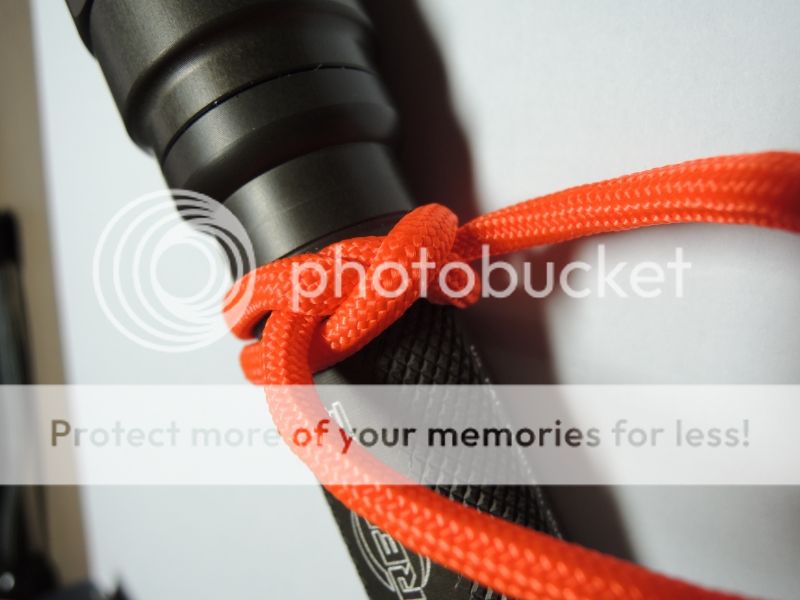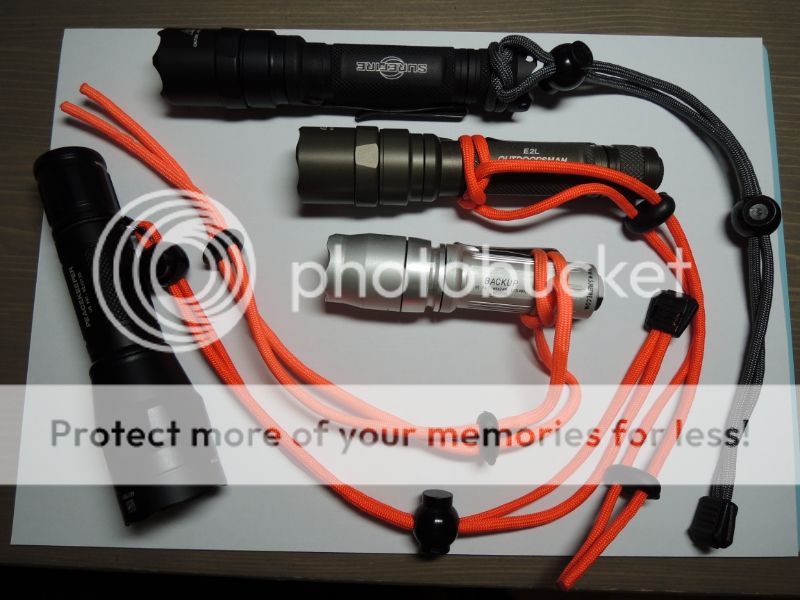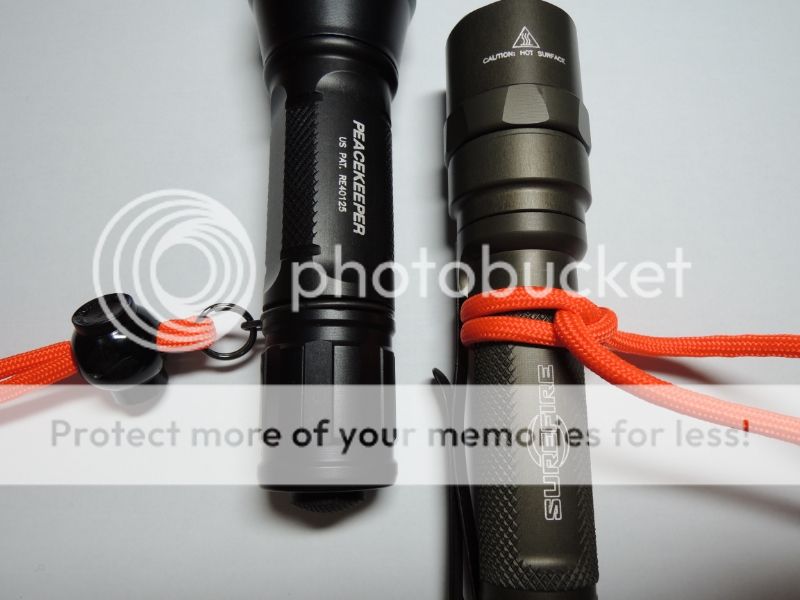lockheed123
Newly Enlightened
- Joined
- Dec 3, 2008
- Messages
- 5
I just purchased three new Surefires within the last month during my visit to Hong Kong at my trusted dealer, Supreme Co. Surefires are a little harder to find in the UK, hence the splurge. The three flashlights I brought were:
E2D LED Defender Ultra, 500/5 lumens, (E2DLU-A)
E2L Outdoorsman, 125/5 lumens, (E2L-A)
P1R Peacekeeper, 600/15 lumens, (P1R-B-BK)
I already own two other Surefires - the older 200/5 lumen LED Defender and an E1B Backup - which have both served me well.
I noticed that the machining of the threads were rather poor on two of my new flashlights, on the Outdoorsman and the Peacekeeper. For instance, the sharp ridges of the threads were either rough and 'chipped' or just flat and dented in random areas. The threads on my new Defender Ultra, however, were on par with my older Surefires - not perfect, but acceptable.
Some photos may better illustrate what I mean....first with the Outdoorsman then the Peacekeeper....
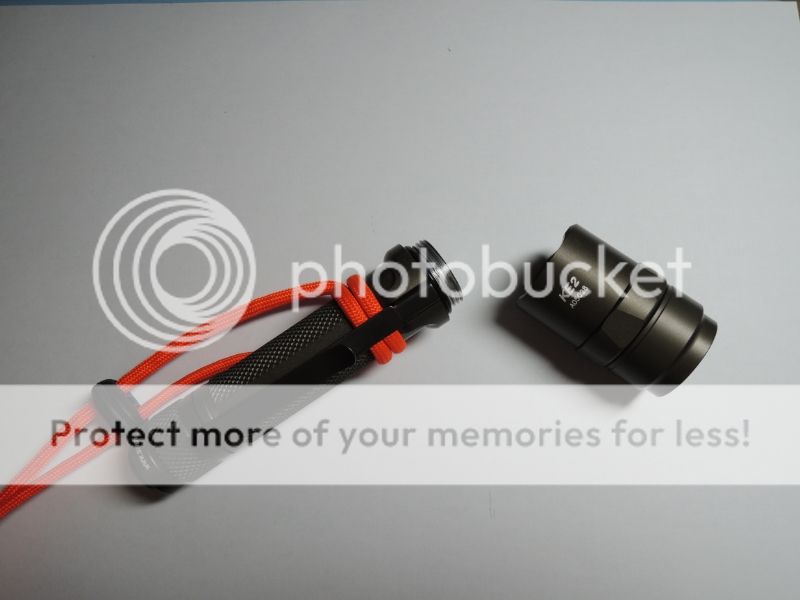
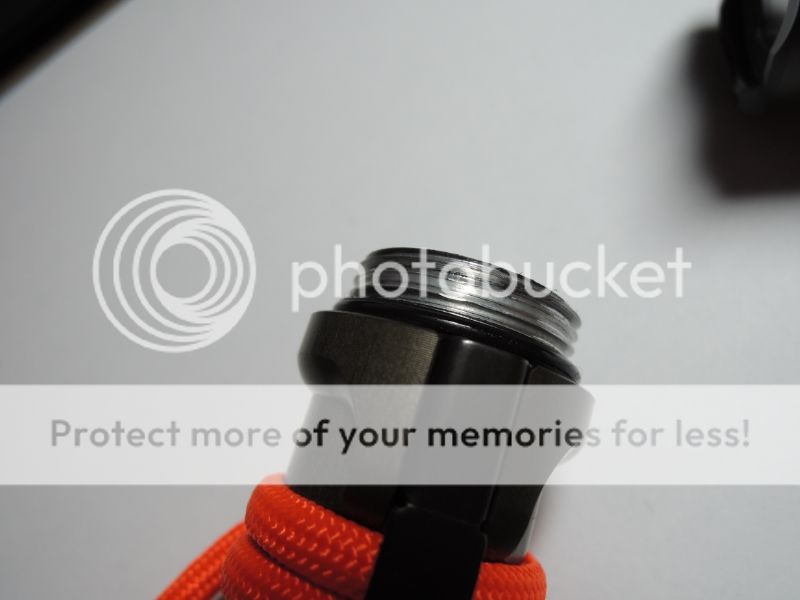
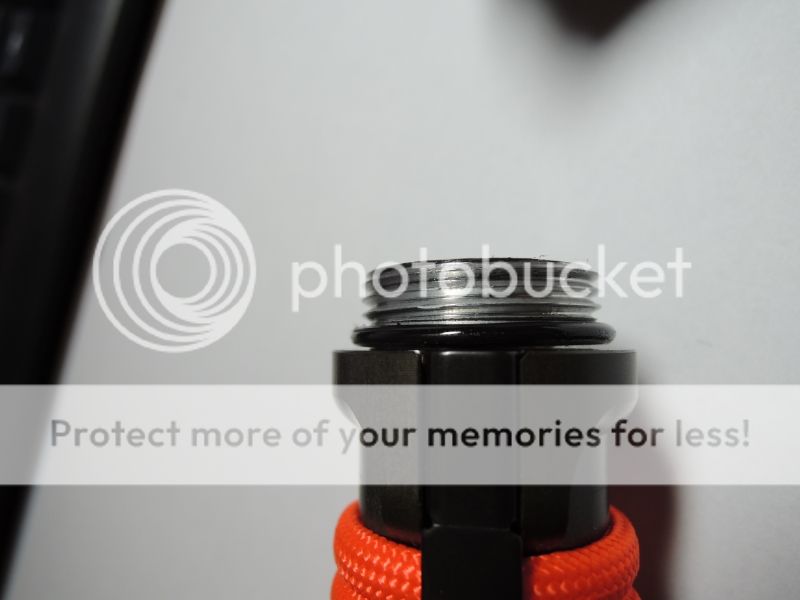
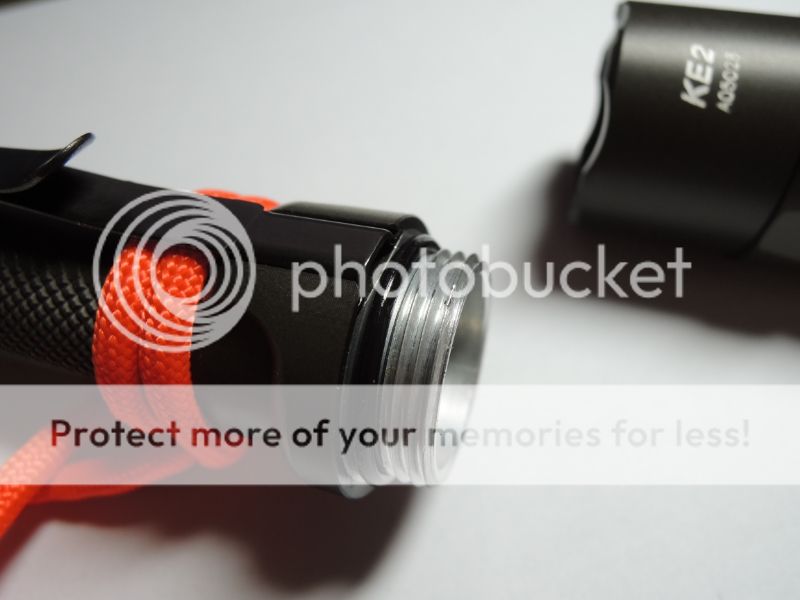
The poor quality of the threads is much more apparent on the Peacekeeper, especially on the last thread nearest to the o-ring. You can really feel the dings and get your nail caught when you run your fingernail over it:
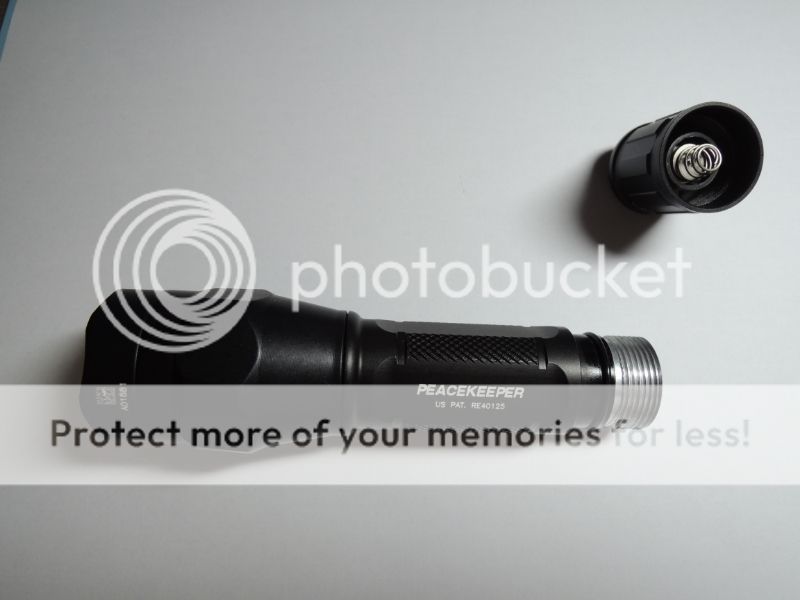
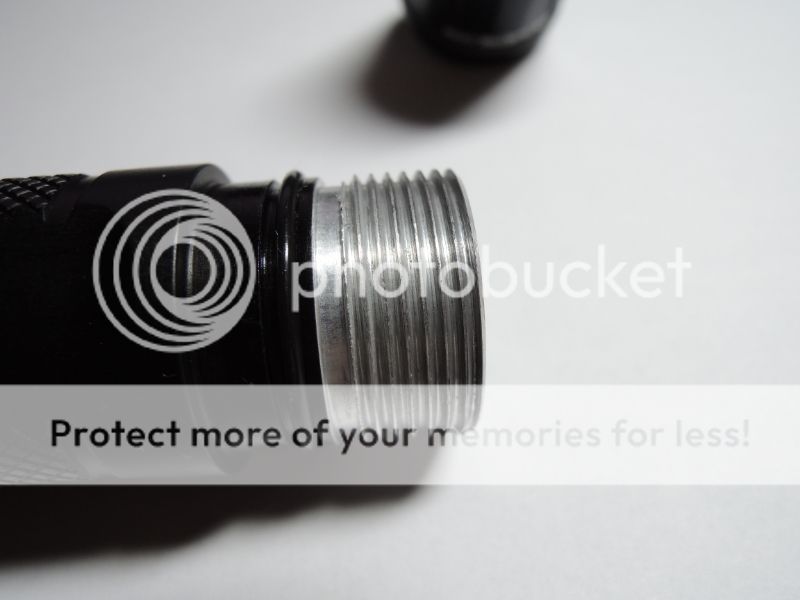
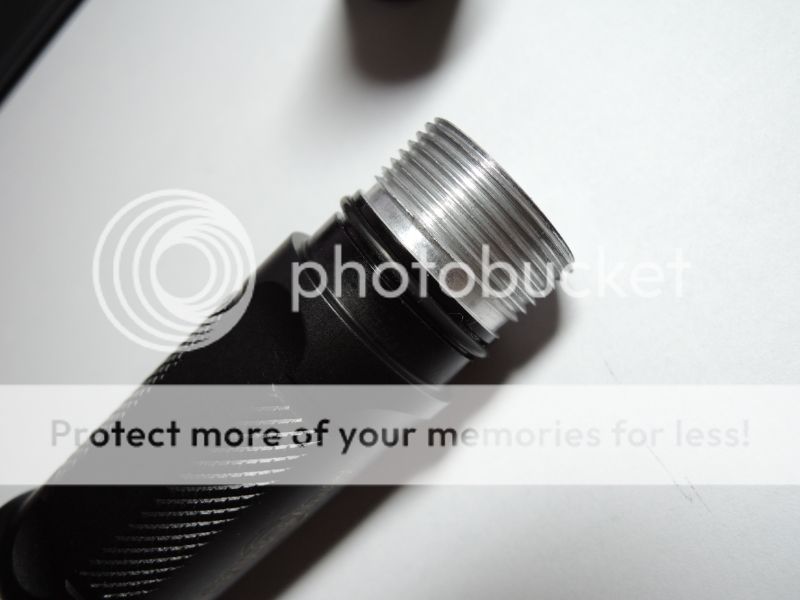
I have not used the flashlights extensively. I have only took them out to play with. The threads on the Peacekeeper were very dry when new, so I applied some silicone grease to the threads and o-ring recently.
The rough threads do not necessarily infringe on the function of the flashlights. I am just disappointed that Surefire would allow their premium brand name to be marred by such lack of quality control in their threads. I also own a Fenix PD35 that has better (looking) and very consistent square-cut threads which are also smooth to twist. I don't think I am unreasonable to be concerned with paying a premium for an apparently sub-standard product.......or am I being too critical? Would you guys be disappointed with threads like that?
I will definitely still keep the flashlights. I am not sure if I should inform Surefire about it. I was just wondering if other CPFers have experienced poor quality threads with any of their Surefires before?
E2D LED Defender Ultra, 500/5 lumens, (E2DLU-A)
E2L Outdoorsman, 125/5 lumens, (E2L-A)
P1R Peacekeeper, 600/15 lumens, (P1R-B-BK)
I already own two other Surefires - the older 200/5 lumen LED Defender and an E1B Backup - which have both served me well.
I noticed that the machining of the threads were rather poor on two of my new flashlights, on the Outdoorsman and the Peacekeeper. For instance, the sharp ridges of the threads were either rough and 'chipped' or just flat and dented in random areas. The threads on my new Defender Ultra, however, were on par with my older Surefires - not perfect, but acceptable.
Some photos may better illustrate what I mean....first with the Outdoorsman then the Peacekeeper....




The poor quality of the threads is much more apparent on the Peacekeeper, especially on the last thread nearest to the o-ring. You can really feel the dings and get your nail caught when you run your fingernail over it:



I have not used the flashlights extensively. I have only took them out to play with. The threads on the Peacekeeper were very dry when new, so I applied some silicone grease to the threads and o-ring recently.
The rough threads do not necessarily infringe on the function of the flashlights. I am just disappointed that Surefire would allow their premium brand name to be marred by such lack of quality control in their threads. I also own a Fenix PD35 that has better (looking) and very consistent square-cut threads which are also smooth to twist. I don't think I am unreasonable to be concerned with paying a premium for an apparently sub-standard product.......or am I being too critical? Would you guys be disappointed with threads like that?
I will definitely still keep the flashlights. I am not sure if I should inform Surefire about it. I was just wondering if other CPFers have experienced poor quality threads with any of their Surefires before?


